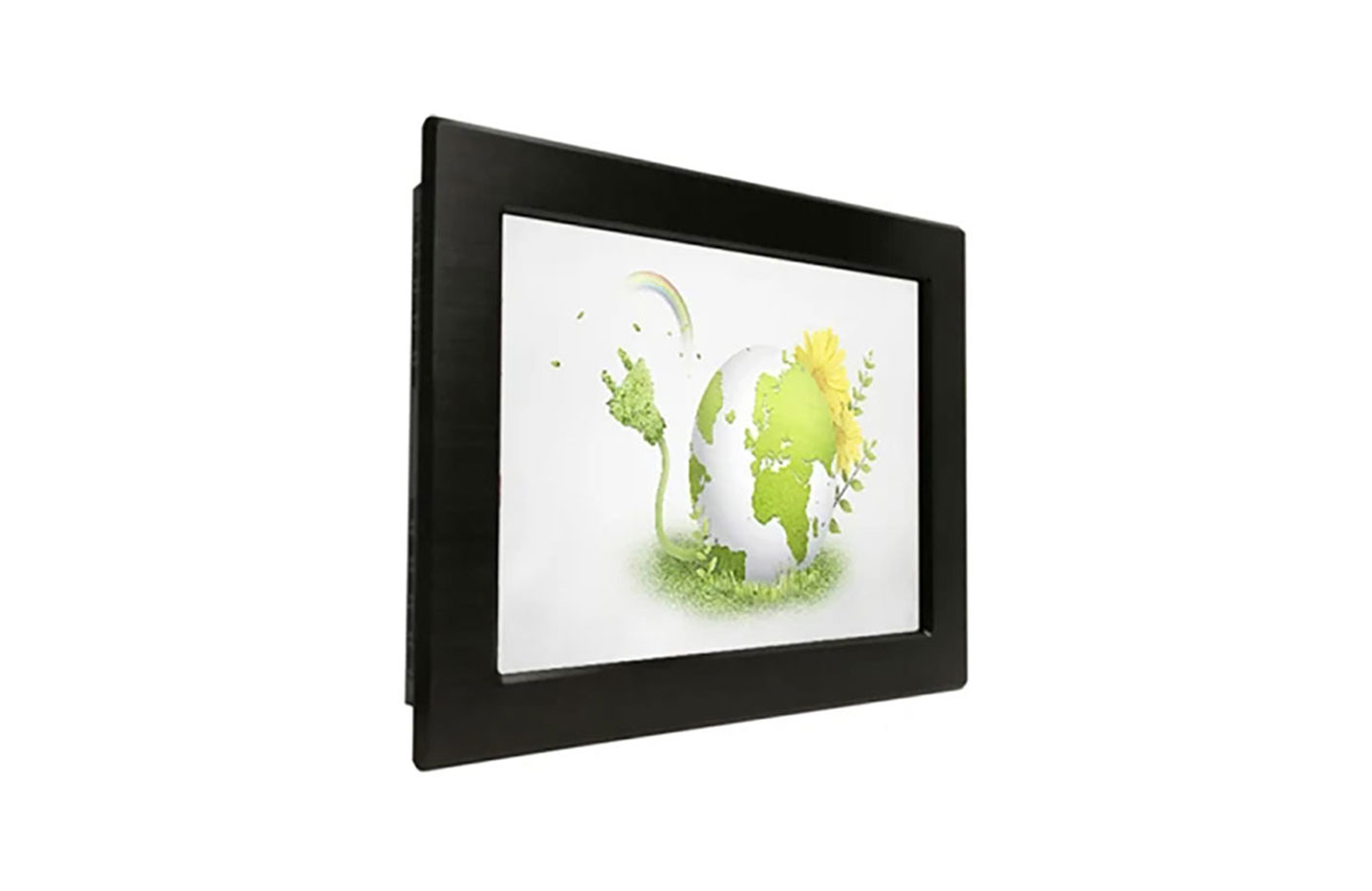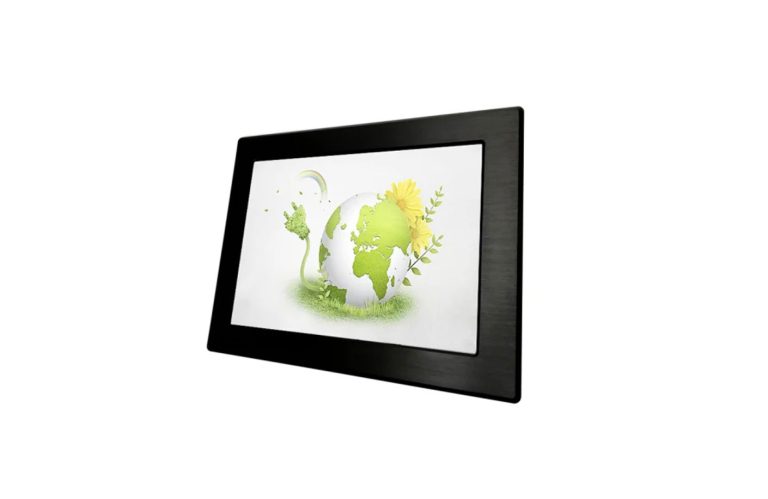Analyze your operating environment
Conditions vary by industry. The requirements and certifications in the medical field are different from those in the car factory. Understanding your specific needs in order to choose an industrial dispaly with the right features is critical.
1. What degree of protection (IP) do you need?
Ingress Protection (IP) ratings grade the ability of industrial touch monitors to protect against harmful contaminants such as liquids or dust. Harsh industrial environments require higher IP ratings than less demanding operations. Selecting an industrial touch monitor with an incorrect IP rating can result in damage to the computer system and technical failures in the field.
2. What is the operating temperature of your industrial environment?
The boiling heat of an industrial oven or the sub-freezing temperature of a food processing plant requires monitoring systems that can withstand these extreme temperatures. When choosing your industrial touch monitor, be sure to ask your supplier about its operating temperature and reliability. This can help you avoid expensive replacements.
Know your technical needs
The technical needs of your industrial touch monitor will largely depend on the type of operations your company performs. For example, some operations do not require high-performance processing power, so cost-effective low-performance solutions can be selected. Discuss with your team to determine the technical requirements you need, but for now, here are some key technical features to consider.
1. Projected Capacitive and Resistive Touchscreens
Have you ever tried to interact with your smartphone while wearing gloves? Screens don’t register touches very well, do they? That’s because it’s a projected capacitive touchscreen. Most consumer electronics products use this technology.
Which brings us to the next question: Are your workers wearing gloves? If so, then your industrial computer will need a resistive touch screen. This type of technology records touches from gloves or styluses. In environments where gloves are required as a safety measure, an industrial panel PC with a resistive touch screen must be selected to protect your workers.
2. Screen visibility in bright conditions
Whether it’s sun glare or facility glare, operation in bright conditions requires adequate visibility from the screen of an industrial touch monitor. Workers need to see the screen clearly to avoid errors or slow down industrial processes. Any industrial touch monitor you implement in the future, with or without a touchscreen, should be fully visible.
Looking for Industrial Computers with Enduring Reliability
Do you want to replace your monitor system every 1-2 years? These alternatives can add up quickly and start cutting into profits. When choosing an industrial monitor, look for companies that offer durable products with long-term support. Here are two key points to consider when choosing an industrial touch display.
1. Constant form factor and long-term parts availability
Maintaining compatibility with your I/O configuration, mounting arrangements, and cutout locations saves you from having to replace machines, retrofit your facility, or invest in additional components. Confirm with your supplier that your industrial panel PC will have parts available for up to 10 years to ensure your purchase will not become obsolete.
2. Industrial grade material
Many industrial environments can wreak havoc on computer hardware. Therefore, industrial touch displays need to be designed with robust materials. Most industrial touch monitors are made of SUS304 and SUS316L stainless steel to help them withstand harsh industrial operations. This stainless steel does not rust because of the high chromium content, which creates a protective oxide layer. Armoured cables are also used in many industrial environments to ensure reliable operation. Polyvinyl chloride (PVC), polyurethane (PUR), and thermoplastic elastomers (TPE) are just some of the industrial-grade materials used to make armored cables. These key elements of durability enable industrial computer systems to provide enduring reliability.


